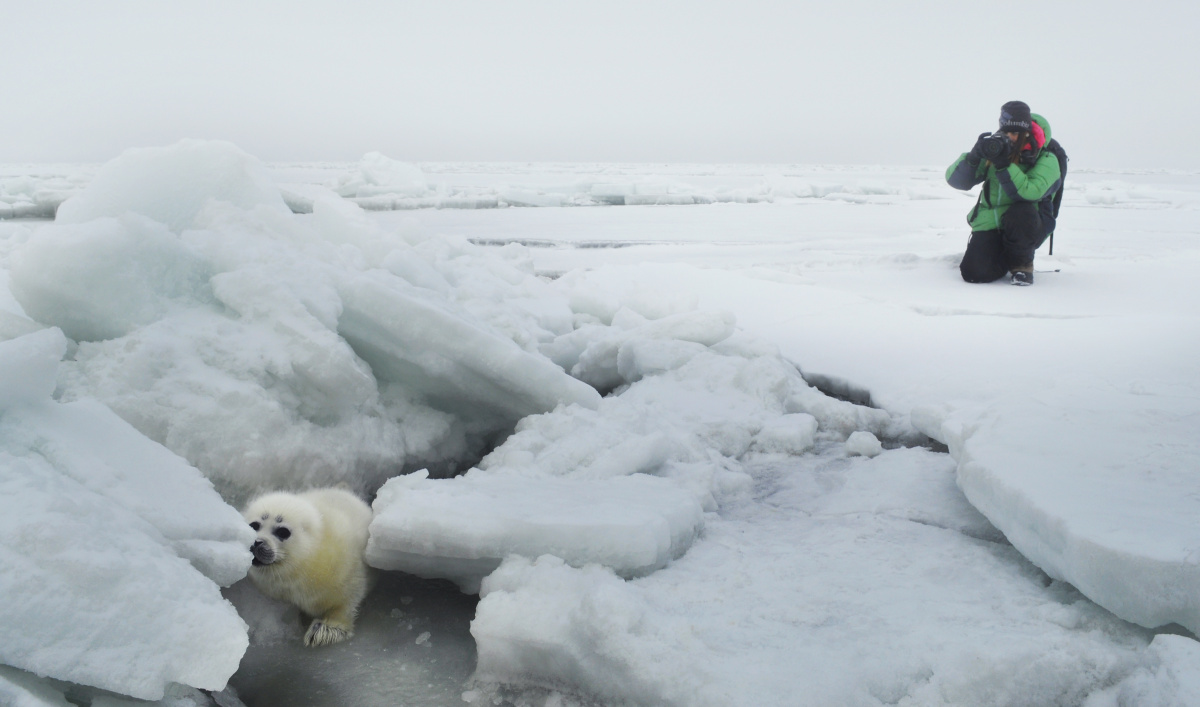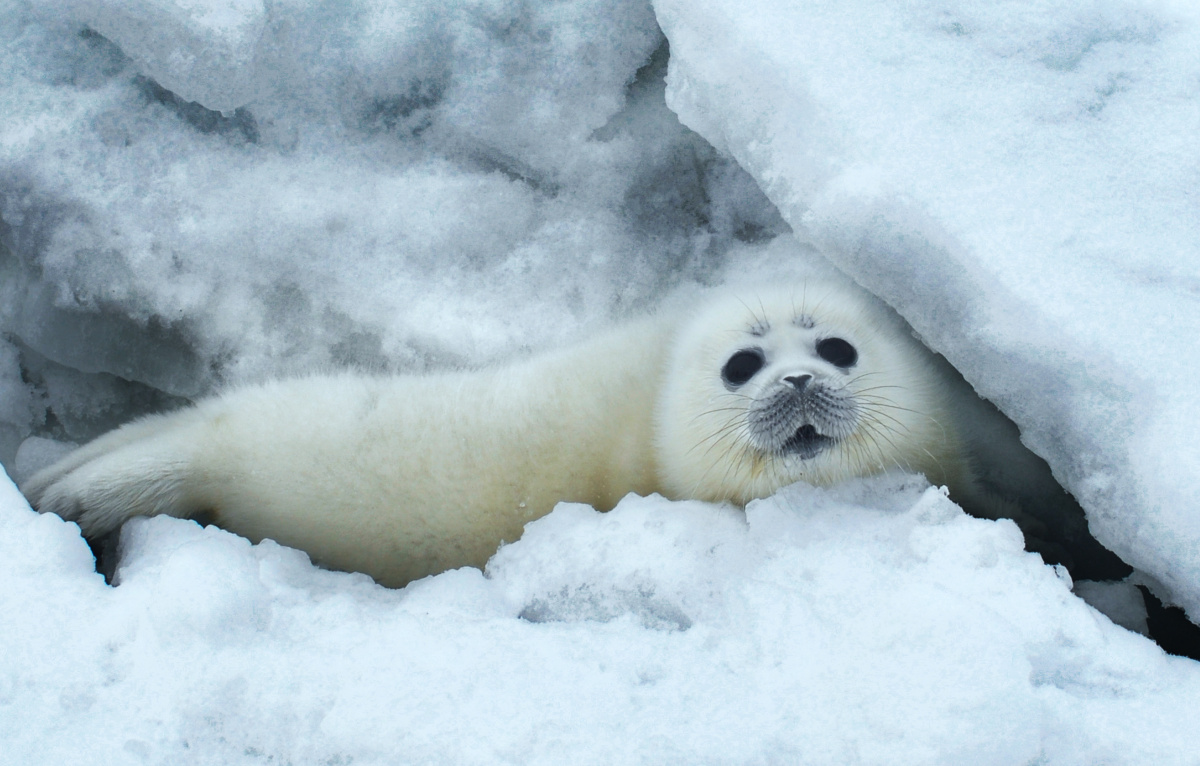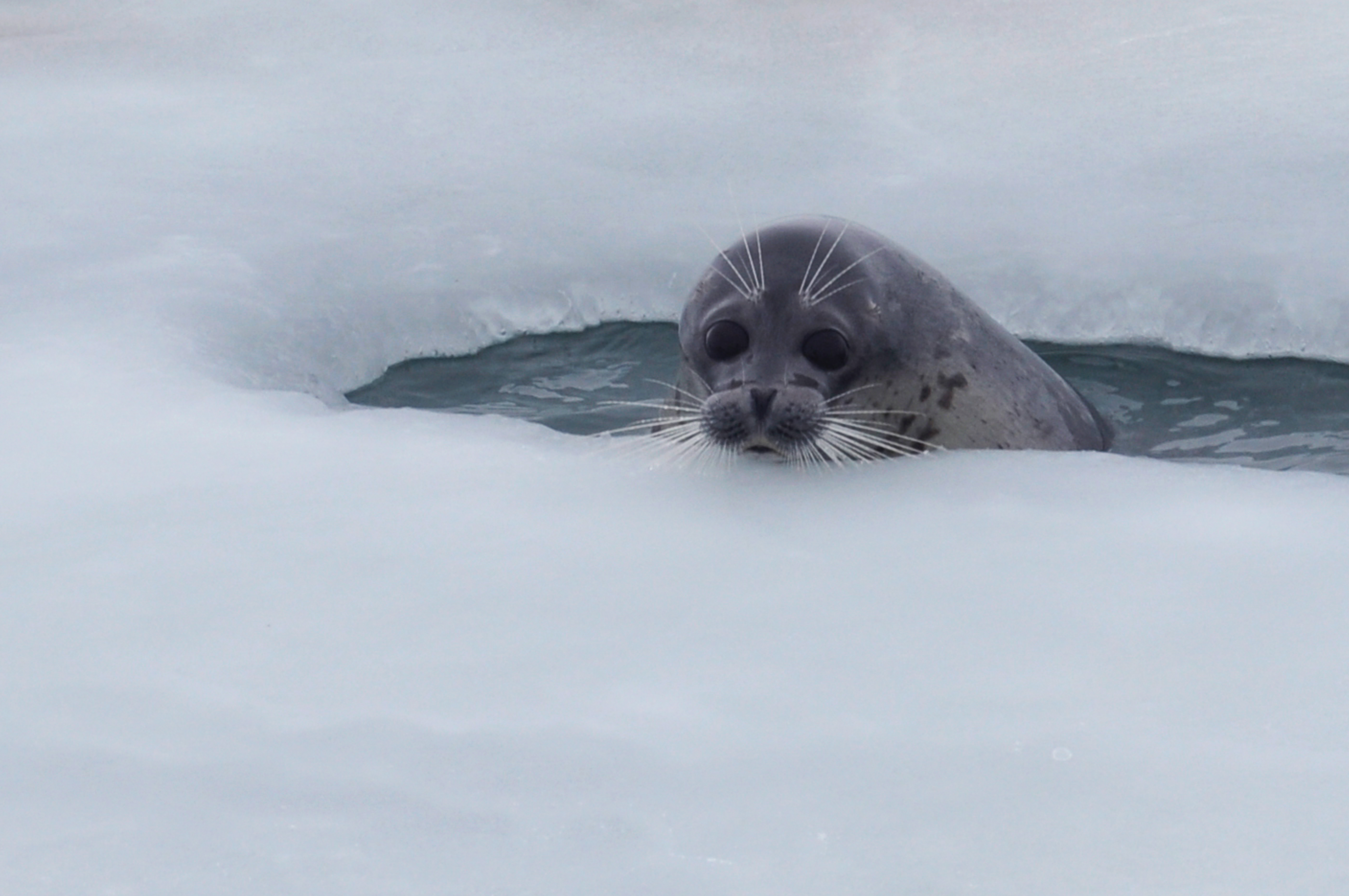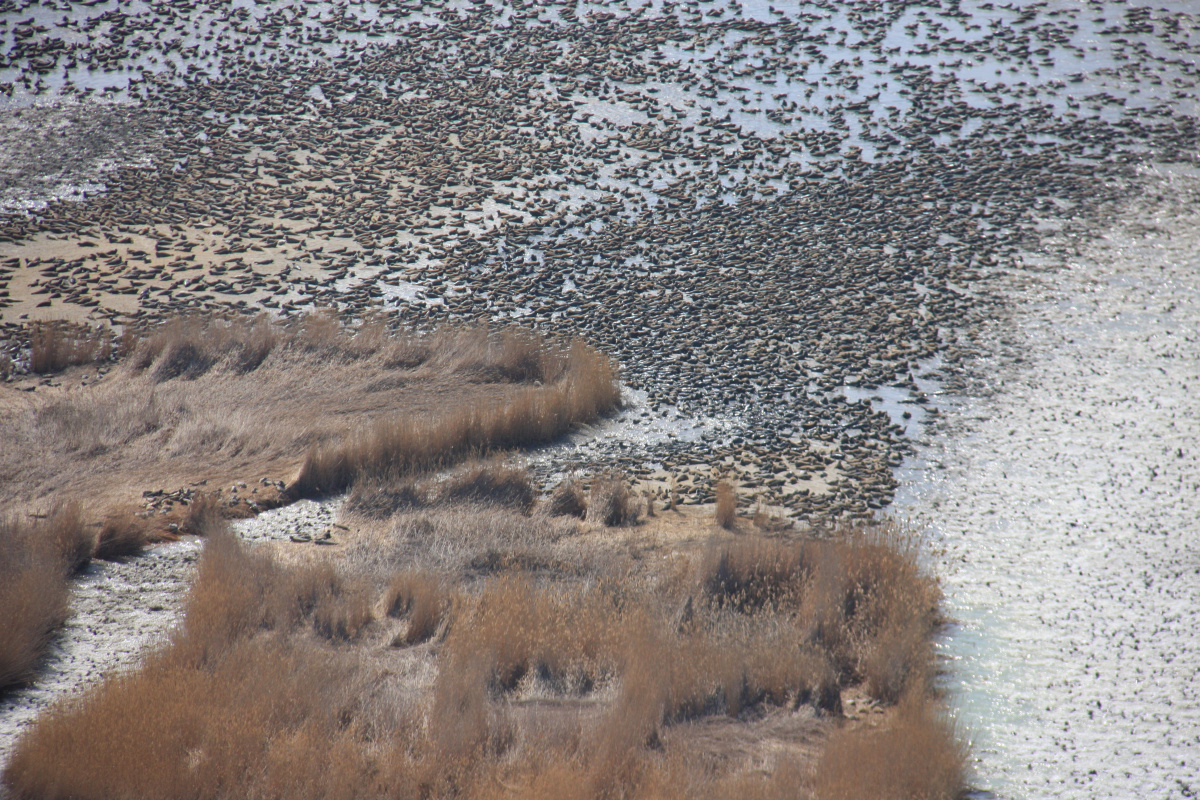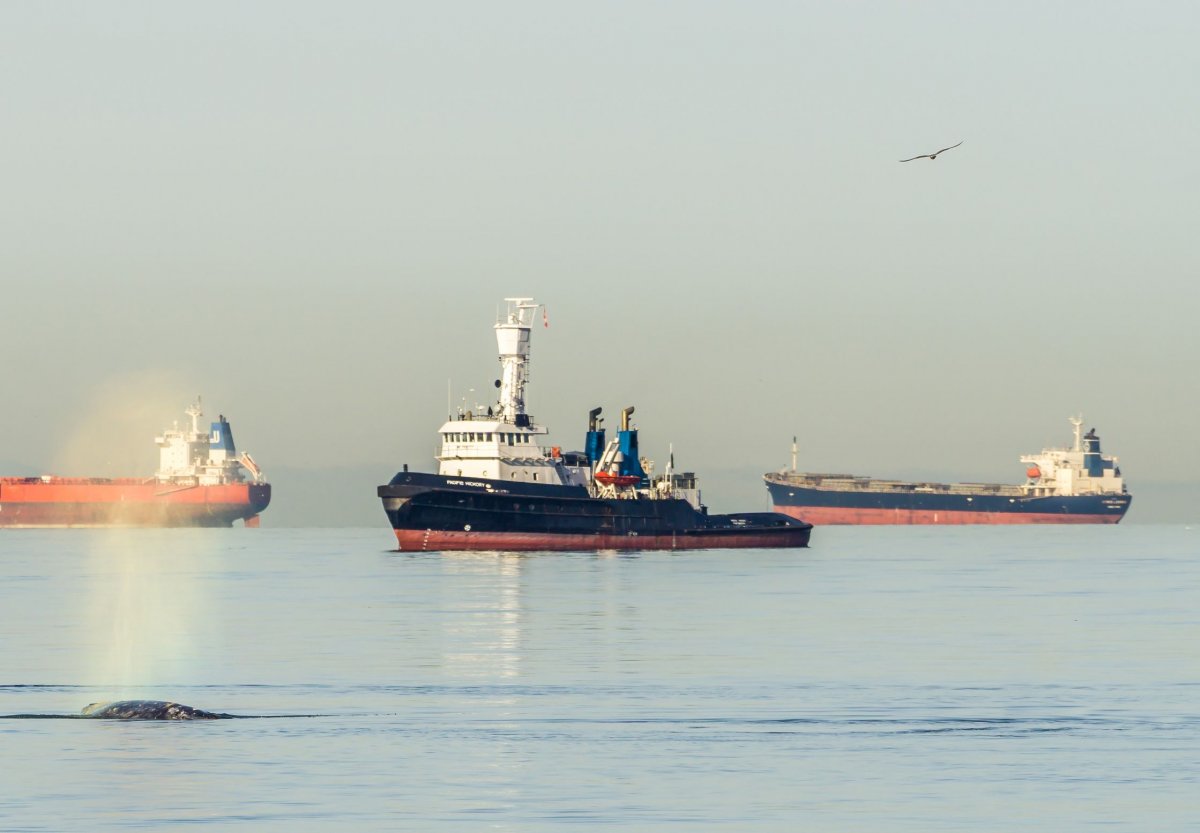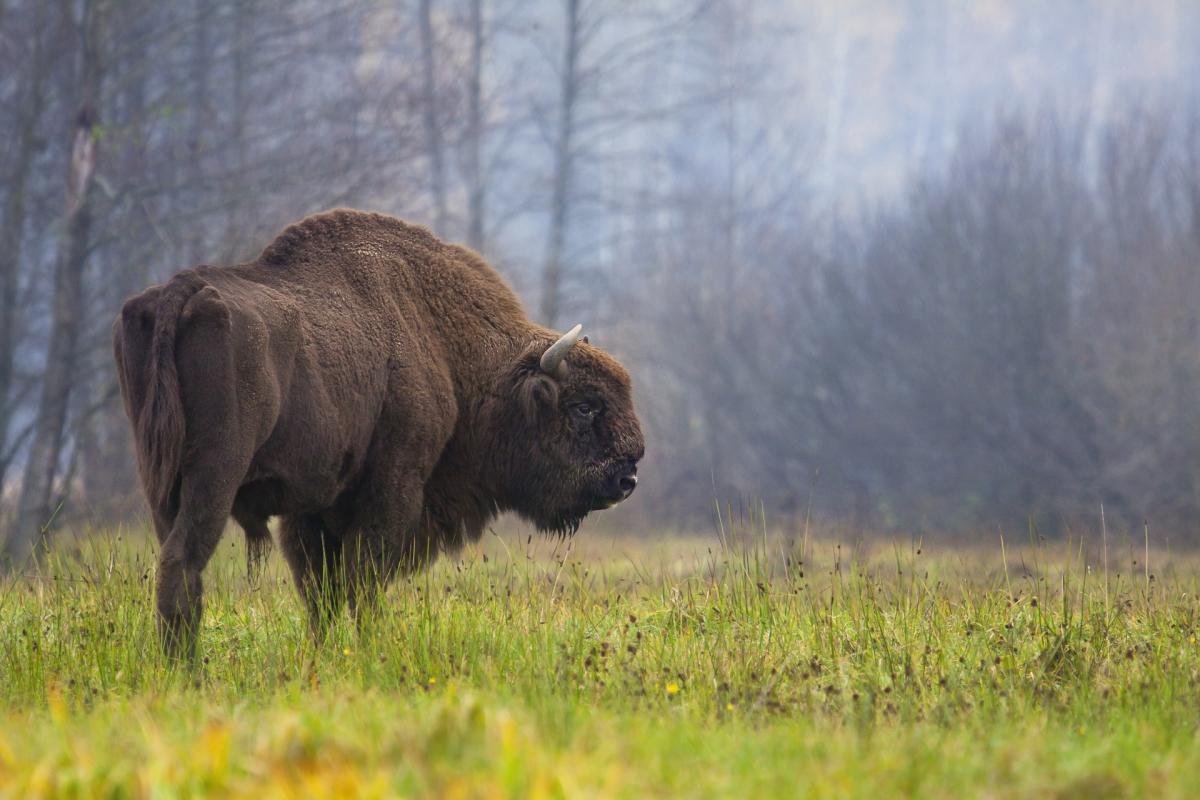Endangered Caspian Seal Habitat Awarded Important Marine Mammal Area Status
Today, the IUCN Task Force on Marine Mammal Protected Areas, a joint task force of the IUCN Species Survival Commission and the World Commission on Protected Areas, announces that Caspian seals have been awarded three Important Marine Mammal Areas, or IMMAs, as part of a tranche of 14 new IMMAs for the marine mammals of the Black Sea, Turkish Straits and Caspian Sea. Caspian seals have been listed as Endangered by the International Union for Conservation of Nature (IUCN) since 2008.
“This is welcome news,” says Dr Simon Goodman, an ecologist based at the University of Leeds UK, and member of IUCN’s specialist group that focuses on seals and other pinnipeds. “Currently the main threats for Caspian seals stem from human activities, including very high rates of seal mortality in fishing gear set for sturgeon poaching, and habitat degradation arising from coastal development. Also a concern are reductions in the winter sea ice the seals use for breeding, and a decline in the Caspian Sea level predicted for the coming decades due to climate heating.”
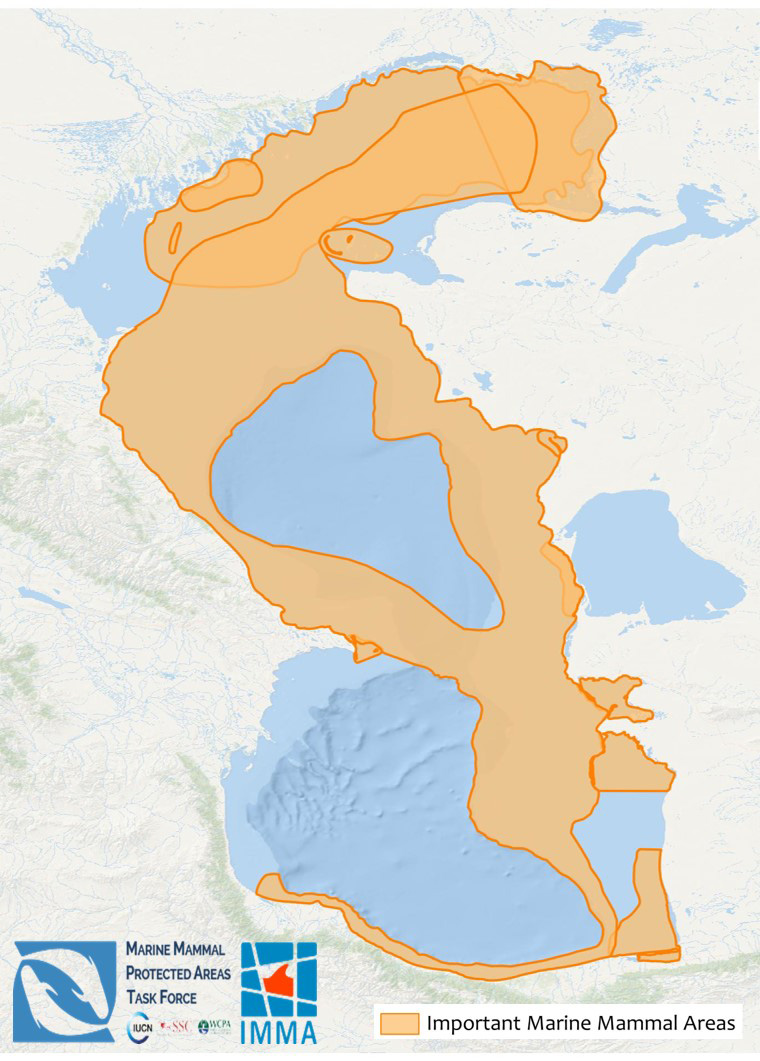 Caspian Sea Important Marine Mammal Areas (IMMAs)
Photo: Marine Mammal Protected Areas Task Force
Caspian Sea Important Marine Mammal Areas (IMMAs)
Photo: Marine Mammal Protected Areas Task Force
At present, there are no special protected areas for the conservation of Caspian seals that prohibit all forms of economic or industrial activity. It is hoped that the IMMA initiative will stimulate the development of stronger protection for key Caspian seal habitat, including the winter breeding ice, migration routes, foraging areas and sites used by animals to haul out on land for resting and moulting.
Increasing levels of disturbance have caused Caspian seals to abandon most of their traditional haul out sites, while offshore habitats are sensitive to industrial development. Now, large aggregations of the animals are rarely seen.
The Caspian seal: Red-Listed and Red-Booked
Caspian seals (Pusa caspica) live only in the Caspian Sea, which is located in Central Asia and is the largest landlocked waterbody in the world. Having declined by more than 70% in the 20th Century, primarily as a result of unsustainable hunting for their fur and blubber, they have been listed as Endangered by IUCN since 2008 .
The Caspian seal was added to the national Red Books of Russia and Kazakhstan in the last 2 years, making it Red Listed in all five Caspian countries. Following a proposal initiated by the Islamic Republic of Iran, the Caspian seal was added to Appendices I and II of the United Nations Convention on the Conservation of Migratory Species of Wild Animals in 2017.
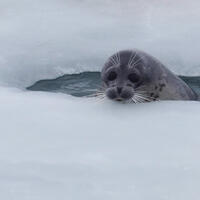 Caspian seal 2019 05
Photo: Nataliya Shumeyko
Caspian seal 2019 05
Photo: Nataliya Shumeyko
Nataliya Shumeyko, from A.N. Severtsov Institute of Ecology and Evolution of the Russian Academy of Sciences, Moscow, and IMMA Regional Coordinator for the Caspian Sea commented: “While the legislative protections are welcome, investment is still needed to fund active conservation measures to reduce seal mortality and protect these habitats. We all have to do more for this endangered species.”
Background info on the Caspian, its seal, the IMMAs and the groups involved
• On September 30, 2021, the Plan of Joint Actions of Russia and Kazakhstan for 2021–2026 to Protect the Caspian Seal Population[1] was signed at XVII Forum of Interregional Cooperation between Kazakhstan and Russia. President of Kazkhstan, Kassym-Zhomart Tokayev, suggested creating state nature reserves for the Caspian seal in the Northern Caspian.
• The Caspian Sea, with a surface area of 143,000 sq miles (371,000 sq km), is the largest landlocked waterbody in the world (slightly larger than the Great Barrier Reef Marine Park). It is bordered by 5 countries: the Republic of Azerbaijan, the Russian Federation, the Republic of Kazakhstan, Turkmenistan and the Islamic Republic of Iran.
• Caspian seals (Pusa capsica) measure up to 4 feet 7 inches long (140 cm). Pups are born in mid-January to late February on the ice and weigh about 11 pounds (5 kg). They nurse for 4-5 weeks before entering the water. Caspian seals feed on a variety of fish, especially the Common kilka (Clupeonella cultriventris caspia)
• The three Caspian Sea IMMAs are: (1) Caspian Seal Breeding Area IMMA, (2) Caspian Seal Moulting and Haul Out Areas IMMA, and (3) Caspian Seal Transitory Migration and Feeding Area IMMA. In total, the Black Sea, Turkish Straits System and Caspian Sea IMMA regional workshop resulted in 14 IMMAs, one candidate IMMA (cIMMA) and 11 areas of interest (AoI).
• IMMAs are not protected areas but they are intended to assist with national and global programmes to help countries select high biodiversity areas to fulfil the targets of 30 percent protection by 2030 (“30 by 30”) as supported by many international bodies and more than 100 countries around the world.
• The Final report of the Seventh IMMA Workshop: Important Marine Mammal Area Regional Workshop for the Black Sea, Turkish Straits System and Caspian Sea from the IUCN Marine Mammal Protected Areas Task Force is available for download from the IMMA website, along with maps and IMMA background data: https://www.marinemammalhabitat.org
• The IMMA e-Atlas showing the global network of IMMAs and a searchable database can be found here: https://www.marinemammalhabitat.org /imma-eatlas/
For more information
Caspian Seal scientists at the IMMA Workshop:
- Dr. Simon Goodman, email: s.j.goodman@leeds.ac.uk
- Nataliya Shumeyko, email: shumeyko.n@mail.ru
Task Force co-chairs & vice chair, and marine mammal scientists:
- Erich Hoyt, email: erich.hoyt@imma-network.org
- Dr. Giuseppe Notarbartolo di Sciara, email: disciara@imma-network.org
- Dr Gill Braulik, email: gill.braulik@imma-network.org
For photos and other supporting materials
- Erich Hoyt, email: erich.hoyt@imma-network.org
[1] Full name: The Plan of Joint Actions of Russia and Kazakhstan for 2021–2026 to Protect the Caspian Seal Population as Part of the Implementation Agreement Between the Government of the Russian Federation and the Government of the Republic of Kazakhstan on Cooperation in the Field of Environmental Protection.
